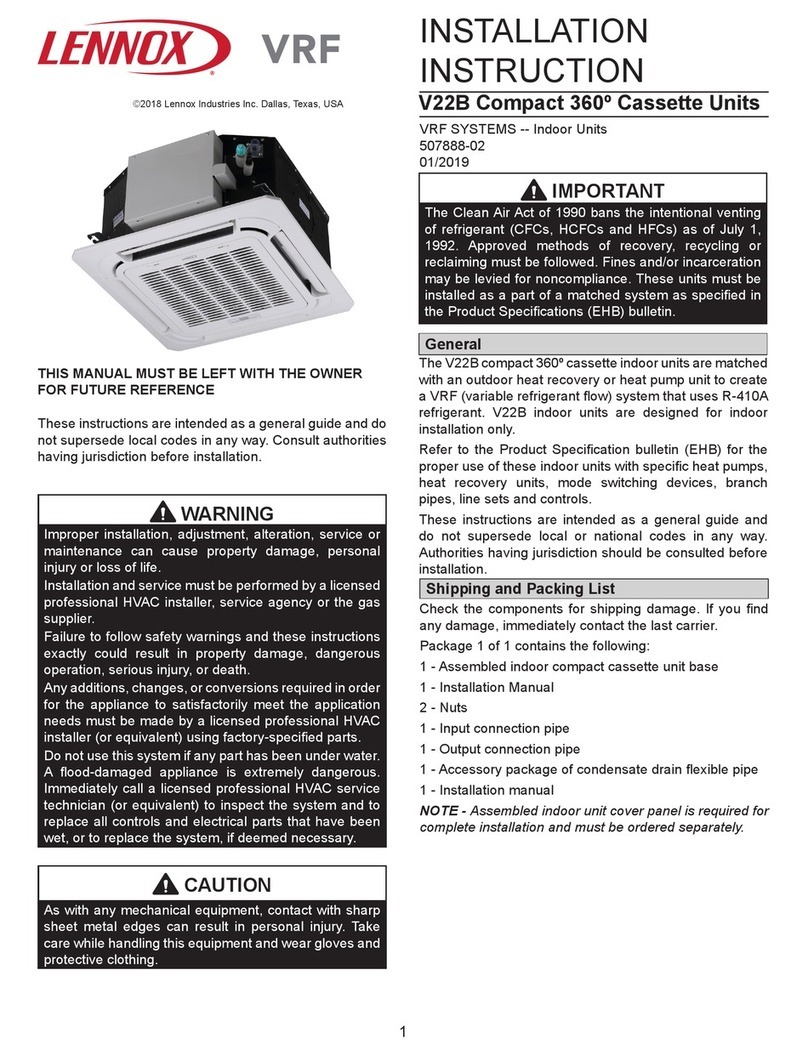Lennox 10GCS-024 User manual
Other Lennox Air Conditioner manuals

Lennox
Lennox SL25XPV Series User manual
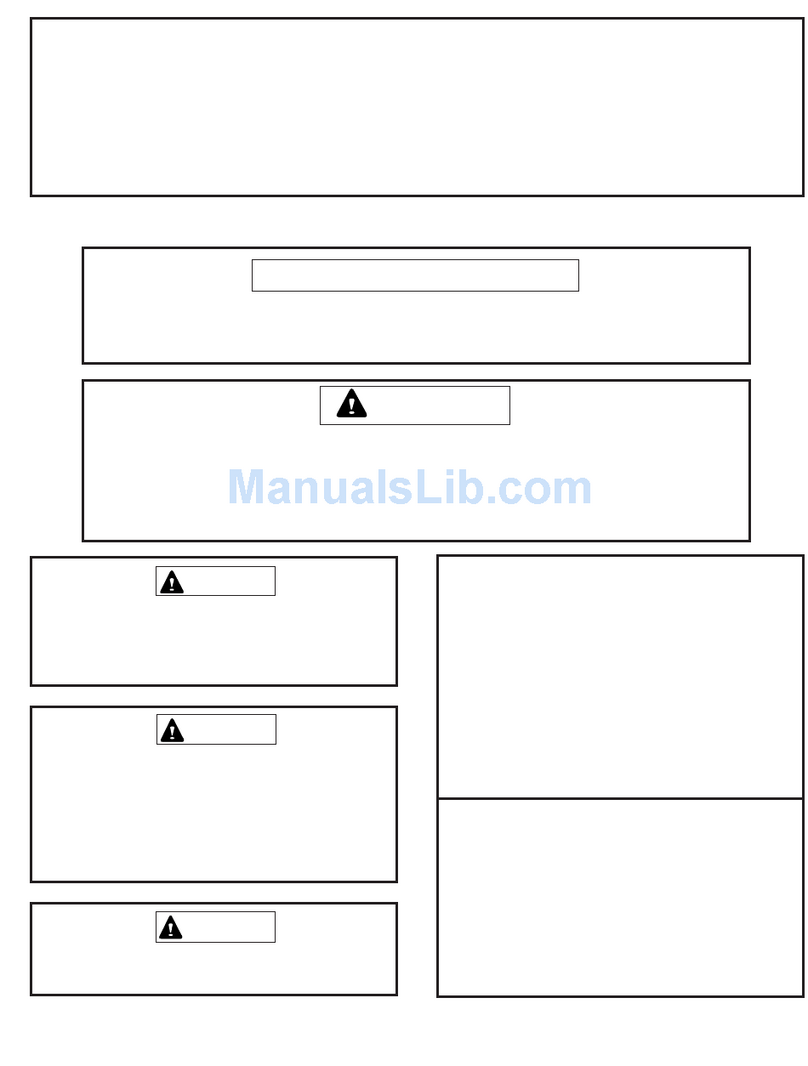
Lennox
Lennox 2SCU13-18 User manual

Lennox
Lennox KGA092KGA102KGA120KGA150 User manual
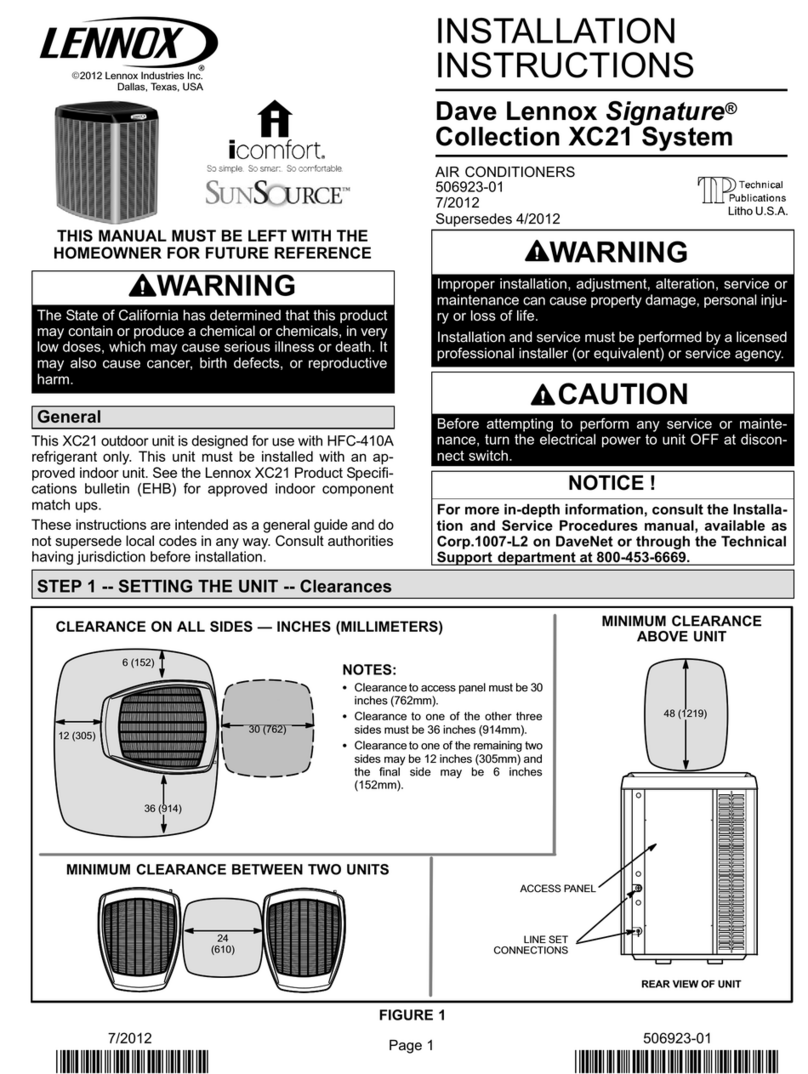
Lennox
Lennox XC21 User manual

Lennox
Lennox CH35 Series User manual
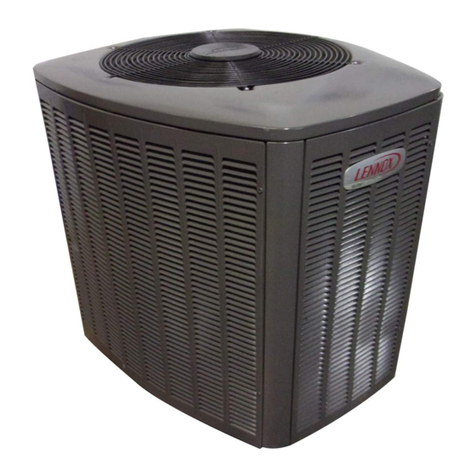
Lennox
Lennox Elite XC14-018-230 User manual
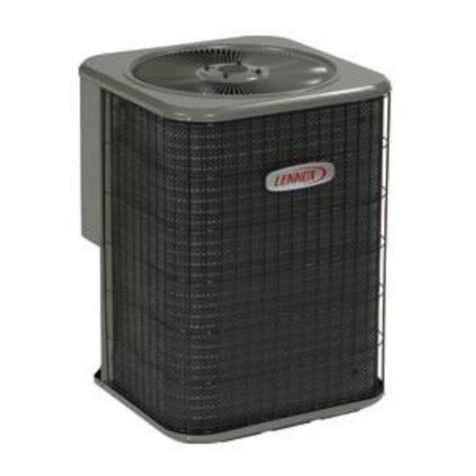
Lennox
Lennox 13ACX User manual

Lennox
Lennox 15GCSX Series Guide

Lennox
Lennox 13ACX Manual
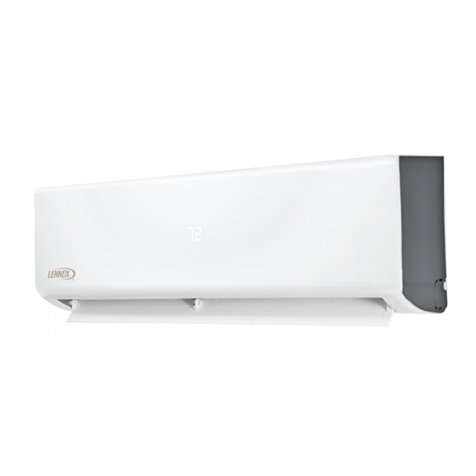
Lennox
Lennox MHA Series User manual
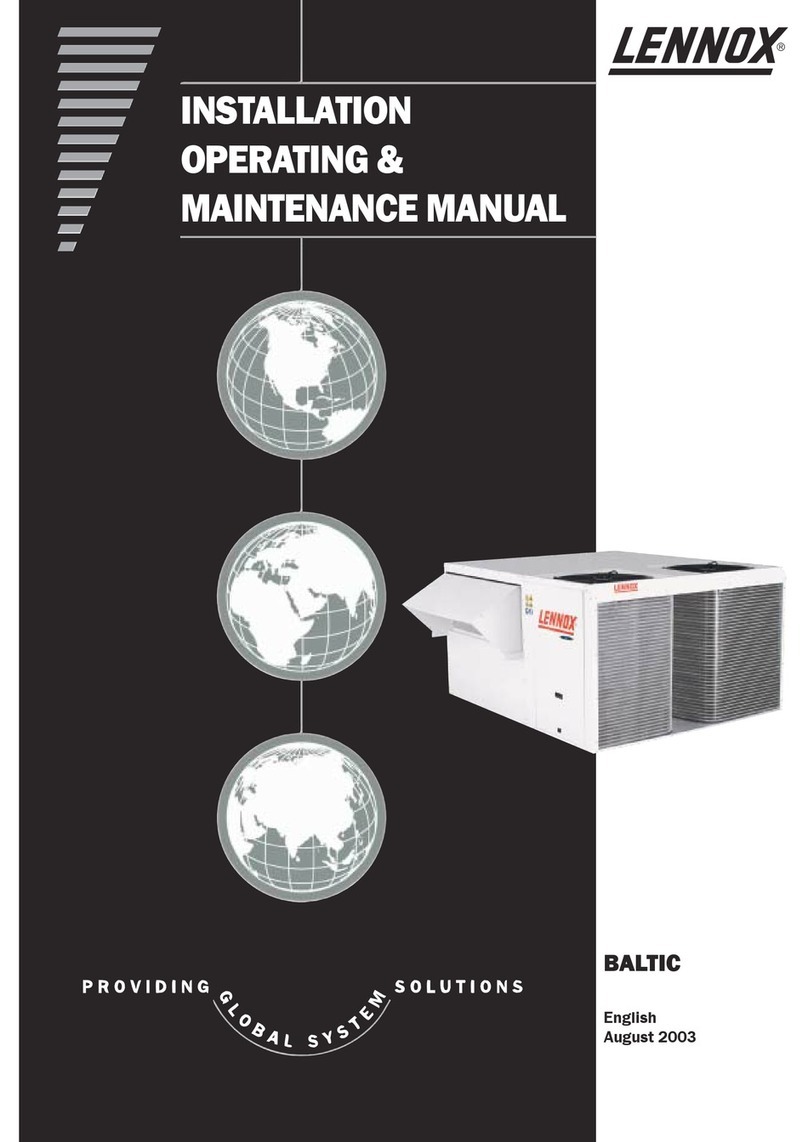
Lennox
Lennox Baltic BCK 020 User manual

Lennox
Lennox Relax series User manual
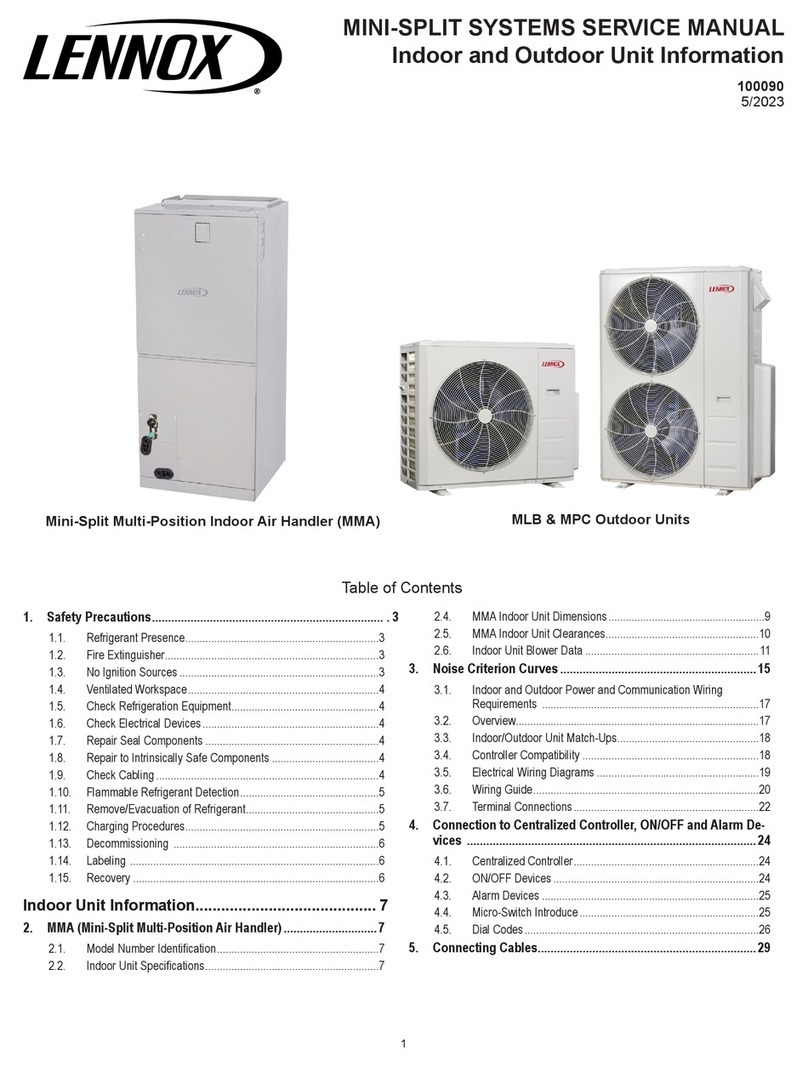
Lennox
Lennox MMA018SM4 User manual
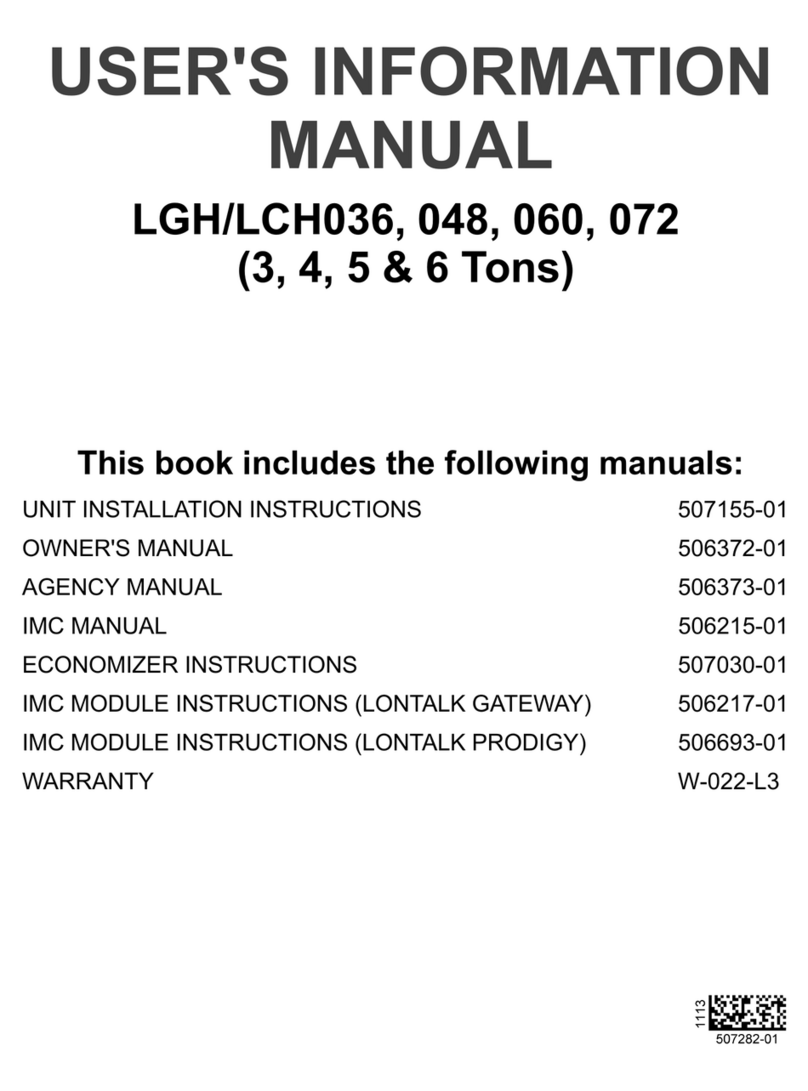
Lennox
Lennox LGH 036 User manual

Lennox
Lennox XP14-018-230-06 Operating instructions

Lennox
Lennox SSB036H4S4 User manual
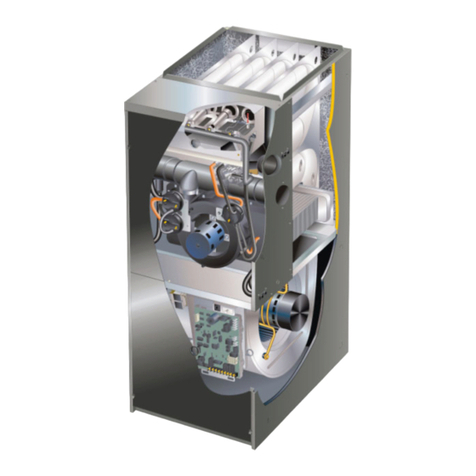
Lennox
Lennox DAVE LENNOX SIGNATURE G71MPP-36B-070 User manual
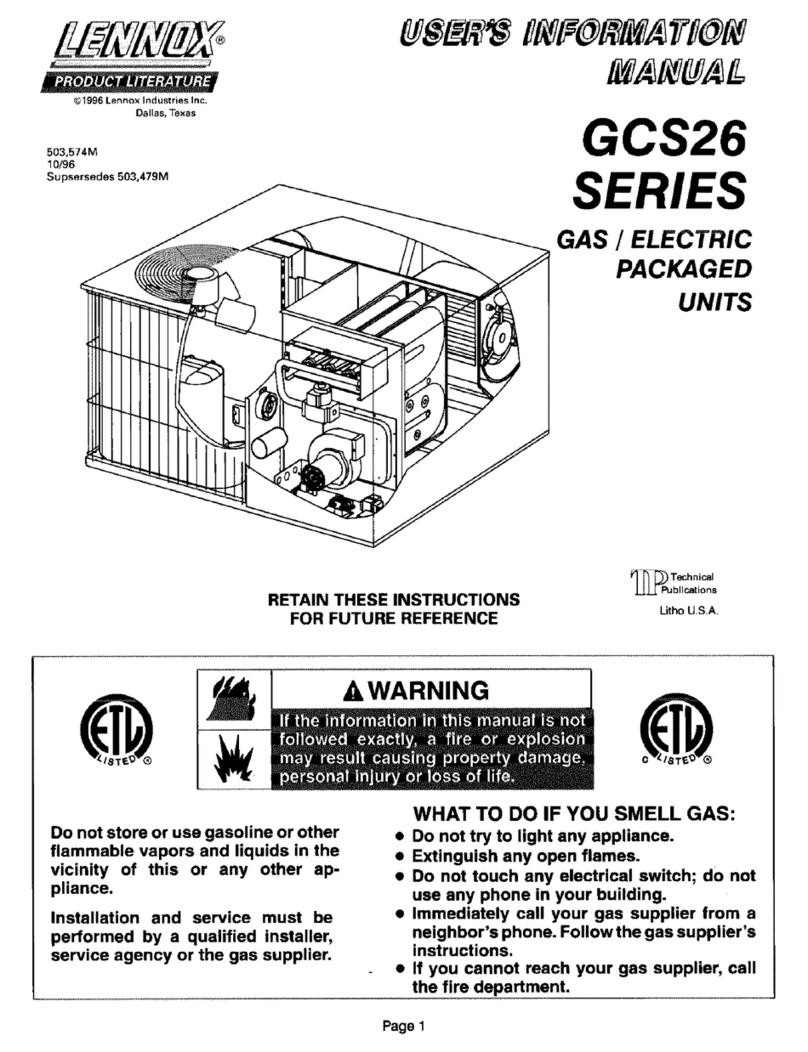
Lennox
Lennox GCS26 Series Guide
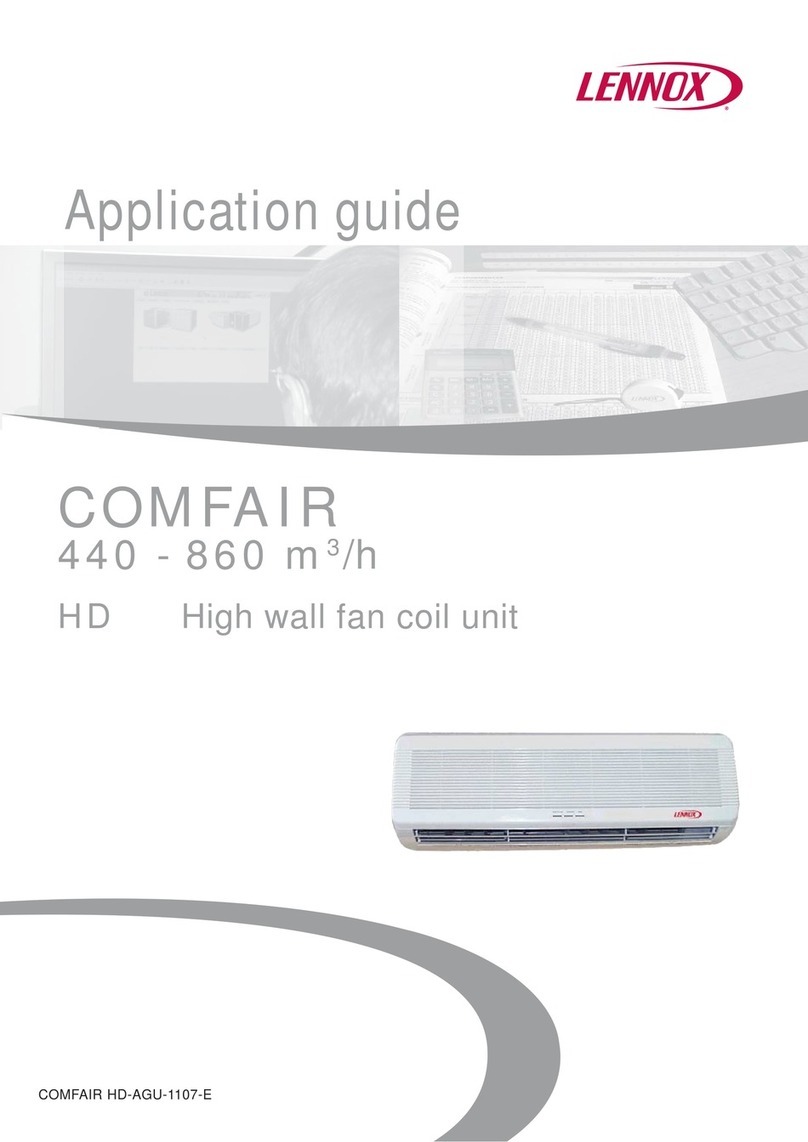
Lennox
Lennox Comfair HD Series User guide
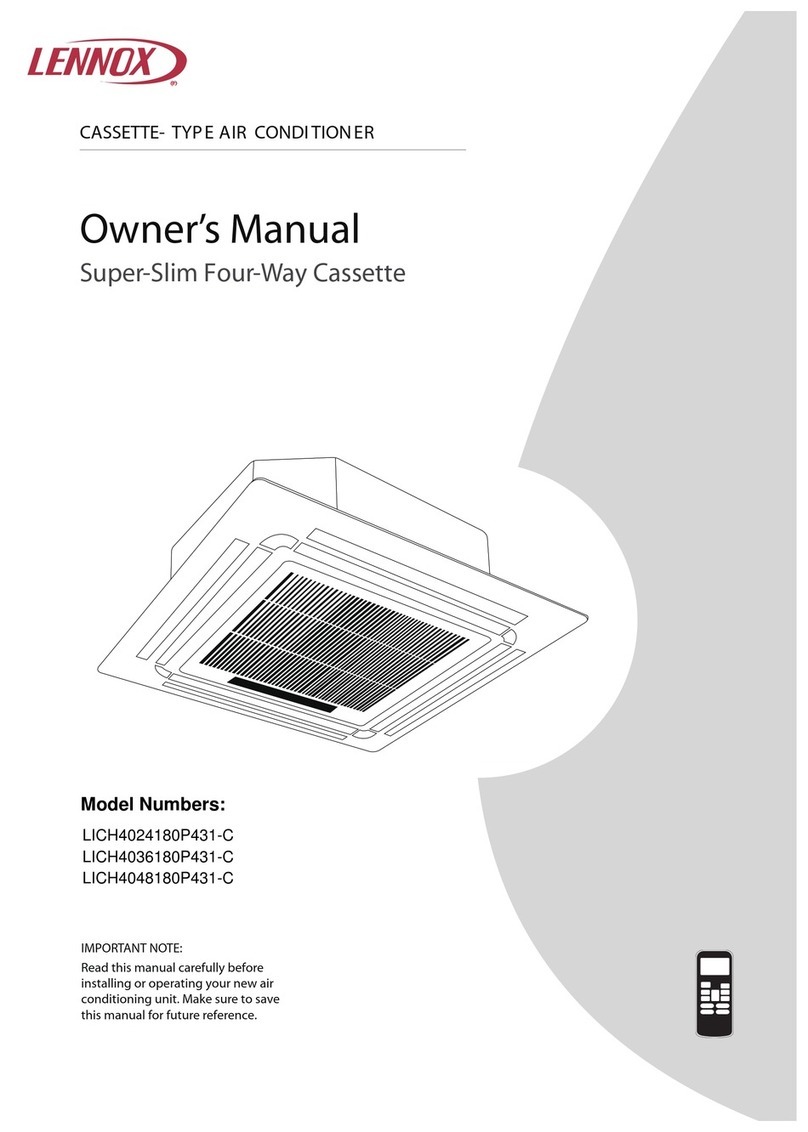
Lennox
Lennox LICH4024180P431-C User manual
Popular Air Conditioner manuals by other brands

Fujitsu
Fujitsu ASYG 09 LLCA installation manual

York
York HVHC 07-12DS Installation & owner's manual

Carrier
Carrier Fan Coil 42B Installation, operation and maintenance manual

intensity
intensity IDUFCI60KC-3 installation manual

Frigidaire
Frigidaire FAC064K7A2 Factory parts catalog

Sanyo
Sanyo KS2432 instruction manual

Mitsubishi Electric
Mitsubishi Electric PUHZ-RP50VHA4 Service manual

Panasonic
Panasonic CS-S18HKQ Service manual

Panasonic
Panasonic CS-E15NKE3 operating instructions

Gree
Gree GWH18TC-K3DNA1B/I Service manual

Friedrich
Friedrich ZoneAire Compact P08SA owner's manual

Daikin
Daikin R32 Split Series installation manual



